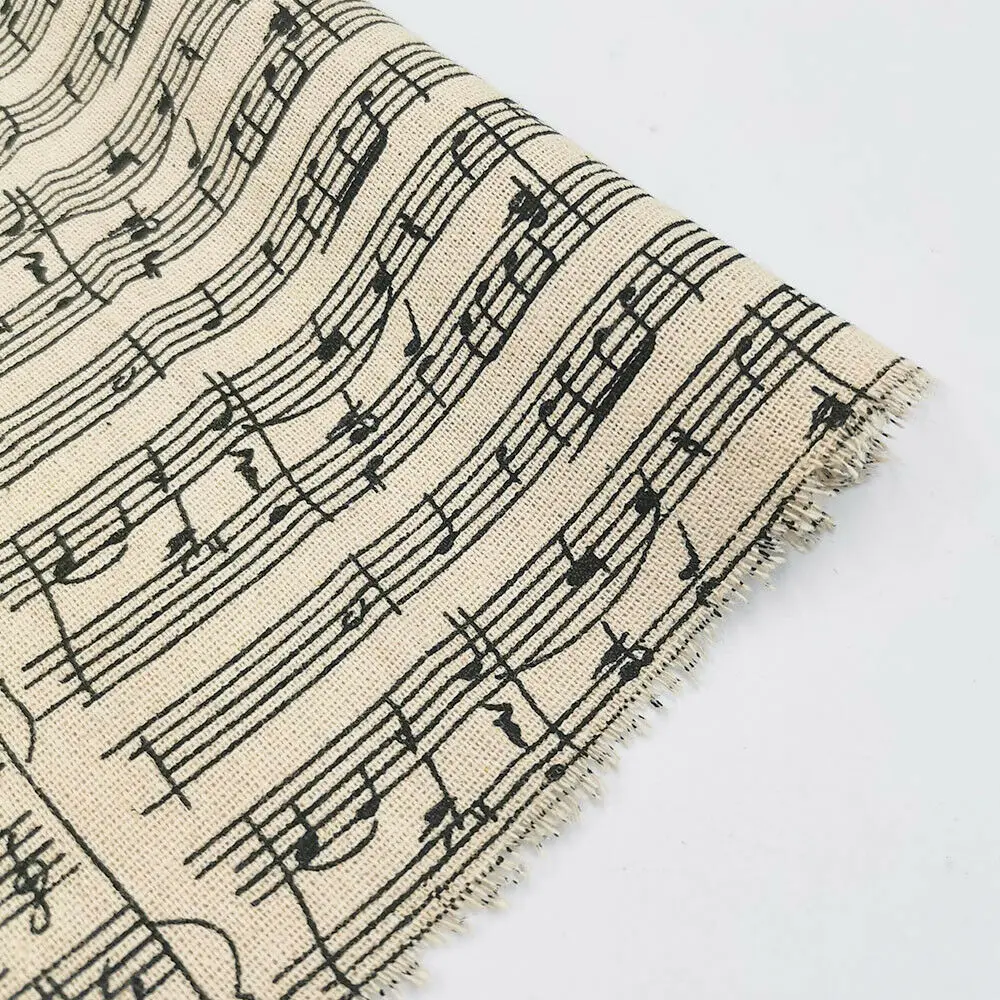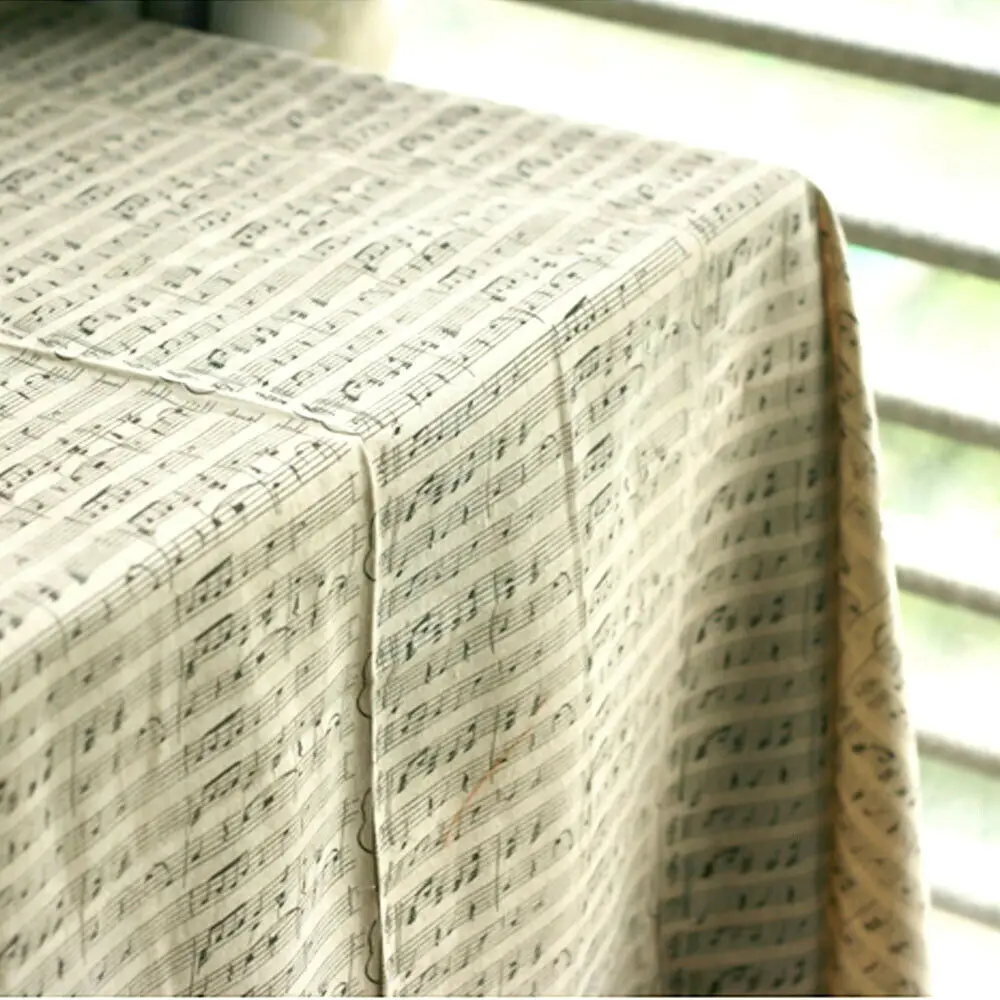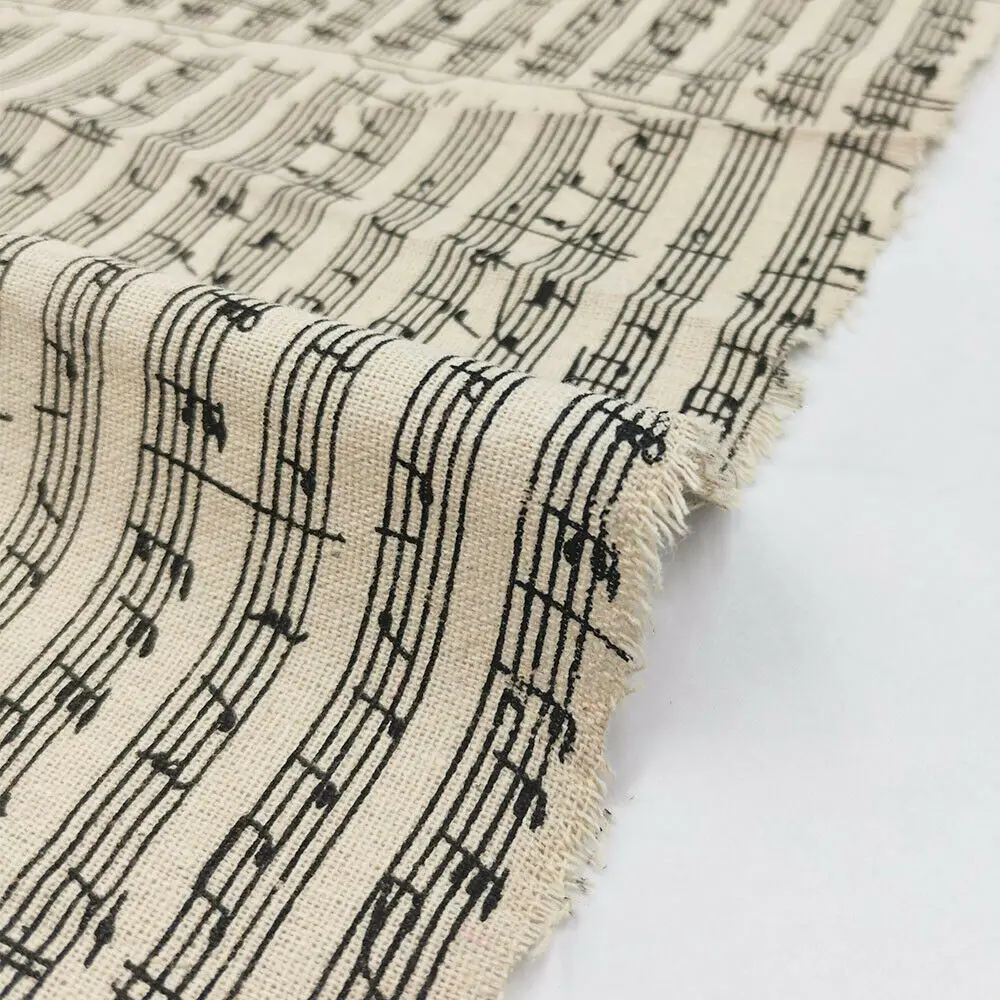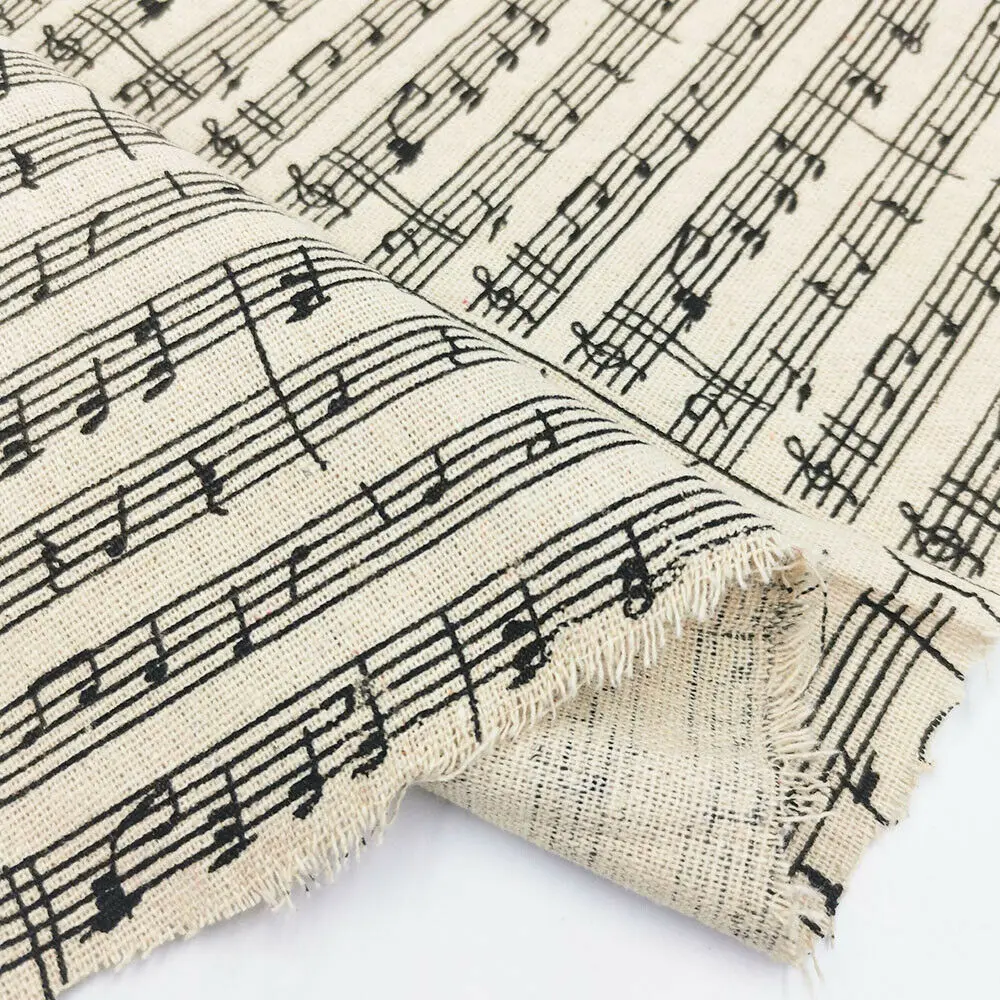Mildew can be a common problem for fabrics, especially when they are exposed to humidity or moisture for extended periods. Not only does it leave unsightly stains, but it can also lead to unpleasant odors and potential health risks. Fortunately, there are various ways to effectively remove mildew from fabric, ensuring they are both fresh and safe to use again. In this article, we will explore the causes of mildew, the best cleaning techniques, and useful prevention methods to help you restore your fabrics to their original condition.
Understanding Mildew: What Is It and Why Does It Form on Fabric?
What Is Mildew and How Does It Form on Fabrics?
Mildew is a type of fungus that thrives in damp, warm, and poorly ventilated areas. Unlike mold, which can penetrate fabrics and materials, mildew typically grows on the surface of fabrics. It appears as powdery or downy spots, often in shades of white, gray, or yellow, and is commonly found in environments with high humidity, such as basements, bathrooms, or damp closets.
The presence of mildew on fabrics is a result of prolonged exposure to moisture. This can occur when fabrics are left damp, such as towels or shower curtains that aren’t fully dried, or if clothes are stored in areas with poor airflow. When mildew spores land on fabric, they begin to grow and spread, creating those characteristic stains and odors. It’s crucial to address mildew issues quickly before it damages the fabric or causes health concerns, particularly for those with respiratory sensitivities.
Why Mildew Is a Problem for Fabrics
Mildew not only makes fabrics look unsightly, but it can also weaken the fibers over time, leading to permanent damage. The fungal growth can break down the structural integrity of the fabric, making it prone to tearing or becoming brittle. Additionally, mildew often produces a musty odor that can be difficult to eliminate if not treated correctly. In some cases, the chemical byproducts of mildew growth can irritate the skin, eyes, or respiratory system, making it important to remove the mildew as quickly and thoroughly as possible.

Step-by-Step Guide: How to Remove Mildew from Fabric
Step 1: Inspect the Fabric and Determine the Extent of the Mildew
Before you begin cleaning, it’s important to assess the extent of the mildew damage. Small patches of mildew can often be treated with DIY cleaning methods, while large or widespread mildew growth may require professional cleaning services. Inspect the fabric for visible mildew spots and smell it to detect any musty odors that indicate the presence of mildew. Additionally, check for any signs of fabric deterioration, such as holes or discoloration, which may affect your ability to fully remove the mildew.
If the fabric is heavily infested with mildew or if it’s an expensive or delicate item (like antique upholstery or a vintage garment), consider consulting a professional cleaner who specializes in mildew and mold removal. For less severe cases, you can often address the problem yourself with the right tools and cleaning solutions.
Step 2: Brush Off Loose Mildew
Before applying any cleaning solution, it’s important to remove as much mildew as possible from the fabric’s surface. Use a soft-bristled brush, such as a toothbrush or a dedicated upholstery brush, to gently scrub away any loose mildew. This step helps prevent the spores from spreading or embedding deeper into the fabric fibers when you begin the washing or treatment process.
Make sure to take the fabric outside when brushing off the mildew. This minimizes the spread of spores to other areas in your home. If you’re cleaning upholstery or a fabric that can’t be easily moved outside, ensure the area is well-ventilated by opening windows or using a fan.
Step 3: Choose the Right Cleaning Solution for Mildew Removal
Selecting the correct cleaning solution is crucial to effectively removing mildew stains without damaging the fabric. There are several options available, ranging from household products to natural remedies. Here are some popular choices:
Bleach-Based Solutions
For white fabrics, bleach is a powerful option for mildew removal. Mix one part bleach with four parts water, and apply the solution to the affected area. Be sure to test it on a small, inconspicuous section of the fabric to ensure it won’t cause discoloration or damage.
Vinegar and Baking Soda
For colored fabrics or more delicate materials, a solution of white vinegar and baking soda can be an effective and gentler alternative to bleach. Mix equal parts of white vinegar and water, and add a few tablespoons of baking soda to create a paste. Apply the paste to the mildew spots, allow it to sit for about 30 minutes, then scrub gently with a brush or cloth.
Hydrogen Peroxide
Hydrogen peroxide is another great option, especially for tougher mildew stains. It has natural bleaching properties but is generally less harsh than chlorine bleach. Mix equal parts hydrogen peroxide and water, and apply it directly to the mildew spots. Let it sit for 10-15 minutes, then scrub and rinse.

Step 4: Wash the Fabric Thoroughly
Once you’ve applied the cleaning solution, it’s time to wash the fabric. Follow the care instructions on the fabric’s label, but in most cases, a machine wash with hot water is recommended to help eliminate mildew. Add a small amount of detergent to the wash and consider adding a cup of white vinegar to the rinse cycle for extra mildew-fighting power.
If the fabric is particularly delicate or prone to shrinking, hand washing with a mild detergent may be a better choice. Gently scrub the fabric by hand, focusing on the mildew spots, and rinse thoroughly.
Step 5: Dry the Fabric Completely
Mildew thrives in damp environments, so it’s essential to dry the fabric completely after washing. Air drying in a well-ventilated area is the best option, as it ensures that the fabric dries thoroughly and quickly. If possible, hang the fabric outside in direct sunlight, as UV rays from the sun can help kill any remaining mildew spores and freshen the fabric.
If you must use a dryer, choose the highest heat setting that is safe for the fabric. Be sure to dry the fabric all the way through to avoid any residual moisture, which could encourage the return of mildew.
Natural Remedies for Mildew Removal: Eco-Friendly Alternatives
Using Essential Oils to Fight Mildew
For those looking for a more eco-friendly approach, essential oils can be a great natural solution to remove mildew. Oils like tea tree oil, lavender oil, and eucalyptus oil have natural antifungal properties that help kill mildew spores and prevent further growth. Mix a few drops of essential oil with water in a spray bottle and apply it to the mildew-affected areas. Let it sit for 15-20 minutes, then scrub and wash as usual.
Lemon Juice for Mildew Removal
Lemon juice is another natural alternative that has mild bleaching properties. Its acidity can help break down mildew stains, while also leaving behind a fresh, citrusy scent. Apply fresh lemon juice directly to the mildew spots or mix it with water in a spray bottle, then follow up with scrubbing and washing.
Salt and Borax
For more stubborn mildew, a mixture of salt and borax can be effective. Borax is a natural mineral that has antifungal and antibacterial properties. Mix half a cup of borax with a gallon of warm water, then soak the fabric for 30 minutes. After soaking, scrub the fabric gently with a brush and wash as usual.

Preventing Mildew Growth on Fabric: Tips for Keeping Fabrics Fresh
Proper Storage to Avoid Mildew Growth
The best way to prevent mildew from forming on fabrics is to ensure that they are stored in dry, well-ventilated areas. Avoid keeping damp clothes, towels, or fabrics in closed spaces like closets or drawers without airflow. Consider using dehumidifiers in basements or bathrooms to reduce the humidity that promotes mildew growth.
Regular Cleaning and Maintenance
Regularly cleaning your fabrics and drying them thoroughly can prevent mildew from taking hold. For towels, shower curtains, or other items exposed to moisture, make sure they are completely dry before storing them. Launder fabrics often, especially during seasons with higher humidity, to prevent mildew buildup.
Using Mildew-Resistant Products
There are several mildew-resistant sprays available that can help protect fabrics from future mildew growth. These sprays create a protective barrier on the fabric’s surface, making it more difficult for mildew spores to settle and grow. Apply these products to fabrics in areas where mildew is a common problem, such as bathrooms or kitchens.
Conclusion: Mildew Removal and Fabric Care
Removing mildew from fabric doesn’t have to be a complicated process. By understanding the causes of mildew, using the right cleaning techniques, and following up with proper drying and maintenance, you can restore your fabrics to their original condition. Whether you opt for natural remedies or chemical solutions, the key is to act quickly before the mildew has a chance to cause irreversible damage. By taking preventive measures and ensuring proper care, you can keep your fabrics fresh, clean, and mildew-free.









